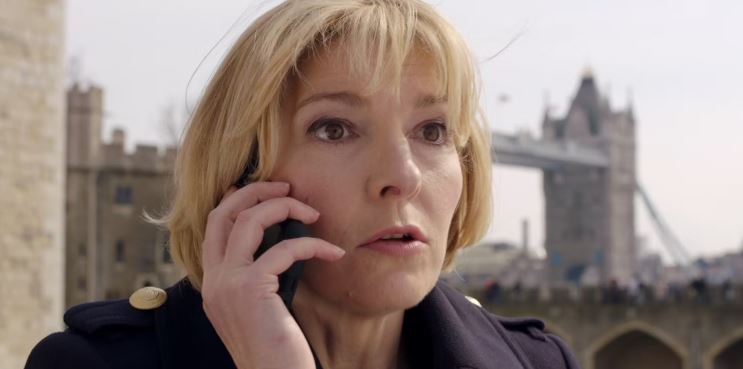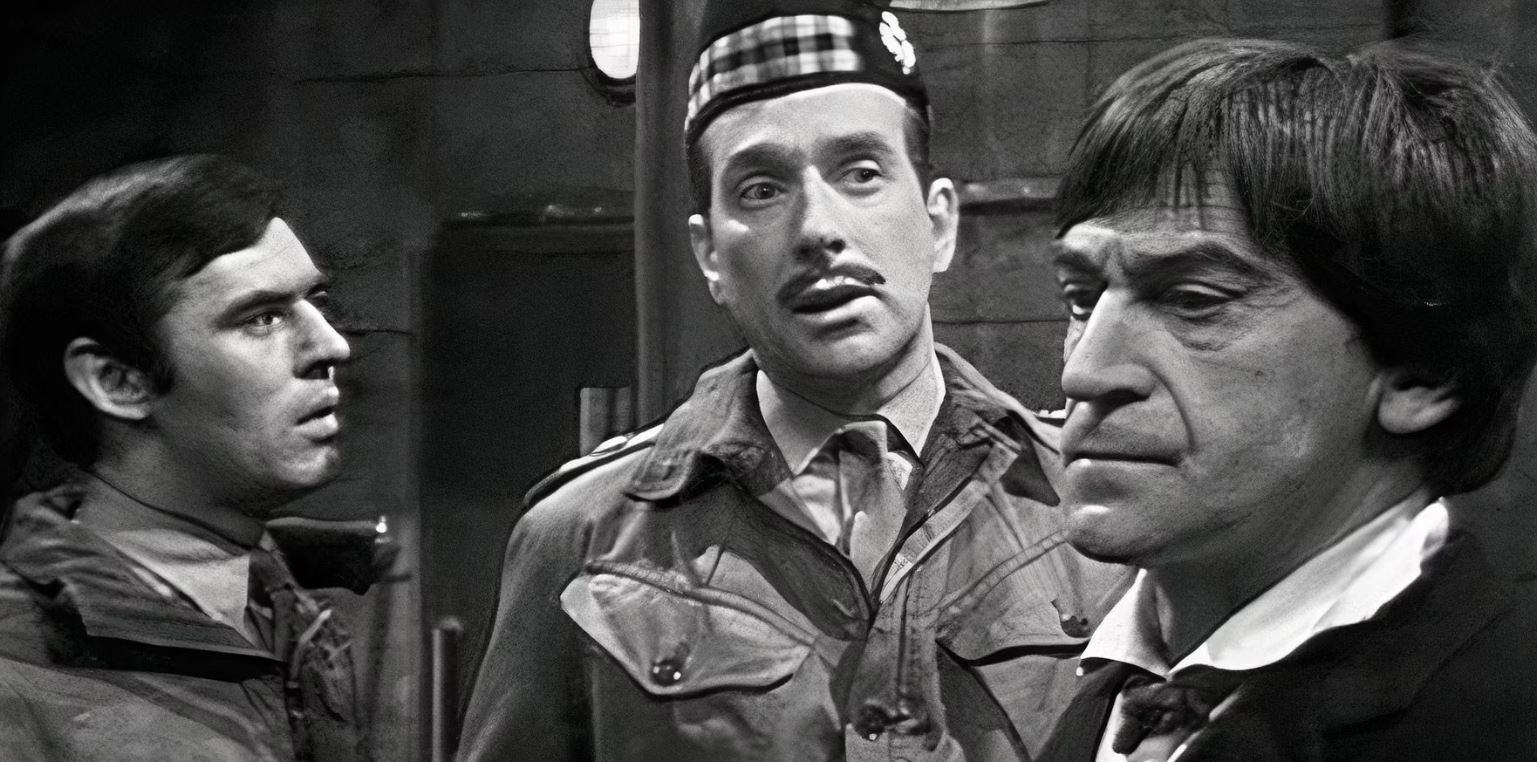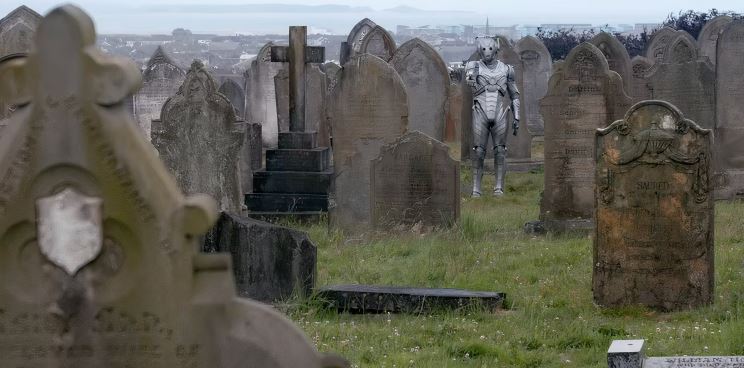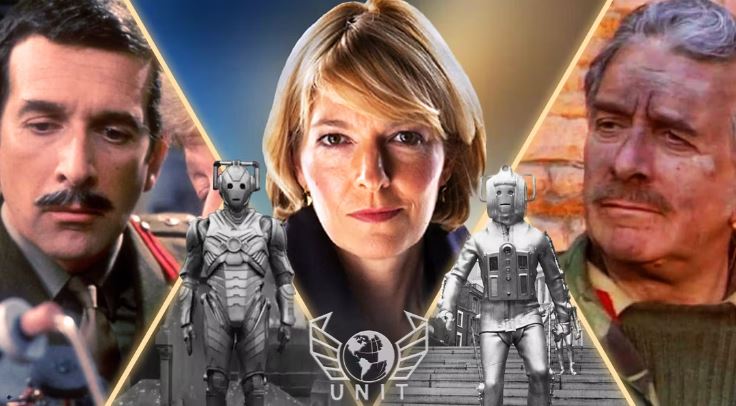Kate Stewart has become a recurring and reliable character in Doctor Who over the past decade, including playing a pivotal part in the show’s epic 50th and 60th anniversary celebrations. UNIT’s cool-headed and decisive lead is now a constant, even while UNIT changes around her.
Fans of the show are well aware of UNIT’s role in protecting the Earth, often providing the brute force needed to help the Doctor’s plans. The specialist military force dedicated to tackling alien threats has helped defend the planet against Daleks, Cybermen, Zygons, Sontarans, and many more threats. However, in the modern era, the organization has taken a more science-led approach to defense under Kate Stewart’s leadership. Having been confirmed as Commander-in-Chief of UNIT in 2024, her links to one of Doctor Who’s most legendary characters are all the more poignant.
Who is Kate Stewart?

Kate Stewart first appeared in Series 7’s The Power of the Three (2012). As Chief Scientific Officer of UNIT, she restructured the Unified Intelligence Taskforce (formally the United Nations Intelligence Taskforce) as science-led. It was a significant shift from the military organization seen during the Ninth and Tenth Doctor eras and for much of the Classic Series.
UNIT had been a mainstay of Doctor Who since the 1960s, but Kate’s arrival saw its most significant evolution yet. For a long time, UNIT was the military side of an equation completed by the Doctor’s scientific approach. The organization’s longest spell on screen was during the Third Doctor’s era when the exiled Time Lord was UNIT’s scientific advisor. During that time, his relationship with military leadership could be strained. But decades later, Kate’s success in shifting UNIT to science, albeit backed up by serious firepower, was the culmination of the Doctor’s influence on the organization.
Kate’s support for the Eleventh, Twelfth, and Thirteenth Doctors (even going rogue when UNIT was sabotaged and shut down during the Flux storyline) obviously paid off. By the time of the Fourteenth Doctors, Kate has risen to oversee the whole operation from imposing new headquarters that towers over London.
Doctor Who fans have long been familiar with UNIT’s involvement in the Doctor’s adventures on Earth during the 20th and 21st centuries, but its role in Doctor Who now seems more assured than ever. A lot of that is down to Kate, who, from her leadership of UNIT to personal chats with the Doctor about family, is one of the franchise’s most important supporting characters. Firm and decisive but also fair and compassionate, she’s a great credit to her father and, in turn, credits him with the advice “science leads.” Although, that phrase couldn’t always be attributed to the man the Doctor counted as a great friend.
Who Was Kate Stewart’s Father?

On their first meeting, it didn’t take the Eleventh Doctor long to identify Kate. Her surname was a giveaway, although she had shortened it to avoid special treatment. Kate is the daughter of Alistair Lethbridge-Stewart, most fondly remembered as the Brigadier in Doctor Who. He commanded UNIT UK for much of the classic series and left an incredible impression on the show to this day, not least through Kate Stweart.
Played by Nicholas Courtney, the character made frequent appearances alongside multiple Doctors and underwent an impressive character arc while saving the Earth on many occasions. But that’s not to say his relationship with the Doctor was always smooth.
The Brigadier became a regular character in 1970 when Doctor Who moved into color and the Third Doctor was exiled to Earth by the Time Lords. However, that wasn’t the character’s first appearance. Lethbridge-Stewart had first appeared as part of the team repelling the Great Intelligence in the London Underground in ‘The Web of Fear’ and then countering a Cyberman invasion of the city in ‘The Invasion,’ by which point he had been promoted to Brigadier.
The experienced soldier represented brute force to the Doctor’s brains, which came to the fore during the Third Doctor’s first season (season 7). It was seldom starker than in ‘The Silurians,’ when the Brigadier ignored the Doctor’s belief that the Terran reptiles could co-exist with humans and ordered the bombing of a colony. Still, the pair grew closer over time as they repelled countless threats to Earth and gained respect for each other’s points of view. After the Doctor regained the power to fly his TARDIS and leave Earth, he retained his lab at UNIT HQ.
While the Fourth Doctor assisted UNIT and the Brigadier on a couple of occasions, the Doctor’s visits became less frequent. Despite this, it was during the 1980s that the warmth in their relationship became clear. The Brigadier became embroiled in the deadly Game of Rassilon during ‘The Five Doctors’ 20th-anniversary special after he and the Second Doctor were abducted after the Time Lord visited his old friend. Shortly before, the Fifth Doctor encountered Lethbridge-Stewart when the soldier retired to become a school teacher in ‘Mawdryn Undead.’
In the classic era’s final season, ‘Battlefield’ (1989), the Brigadier returned to his roots, fighting an extra-dimensional force alongside UNIT and the Seventh Doctor. Those returns meant the Brigadier met all the first seven incarnations of the Doctor, bar the sixth (something that was rectified in a short scene in the non-canon charity special from 1993, Dimensions in Time).
Fortunately for UNIT, that longevity was passed to his daughter. As of 2024, Kate Stewart has encountered six incarnations of the Doctor (not including the spin-off UNIT audio adventures produced by Big Finish, in which she also met the Fourth Doctor).
What Happened To Alistair Lethbridge-Stewart?

Brigadier Lethbridge-Stewart has the kind of legacy in the Whoniverse that’s second only to the Doctor. Not considered a companion (although he did travel in the TARDIS, which remains a core definition for some), he enjoyed a remarkable character arc that saw him go from uneasy military ally to firm friend of the Time Lord.
The Brigadier never appeared in modern Doctor Who in the way classic fans would recognize, but his presence was undoubtedly felt. He appeared in the two-part finale of the second series of The Sarah-Jane Adventures in 2008. In ‘Enemy of the Bane,’ the retired Brigadier helped the intrepid reporter and her school-age companions thwart Mrs Wormwood’s attempts to reawaken an immortal cyborg. Sadly, Nicholas Courtney died three years after that appearance, but his characters’ impact on the show lived on.
The Brigadier’s time in Doctor Who officially ended in an emotional scene in the finale of Series 6, ‘The Wedding of River Song.’ Aboard the TARDIS, Matt Smith’s Eleventh Doctor receives a phone call informing him that the Brigadier has died. Fans were left in no doubt that the Doctor had lost a great friend and the Whoniverse an incredible character. As Steven Moffat told The Guardian at the time:
“In a story about the Doctor going to his death, it seemed right and proper to acknowledge one of the greatest losses Doctor Who has endured.”
However, in a controversial twist, that wasn’t the end of the Brigadier’s story. The dark finale of Series 8, ‘Death in Heaven,’ saw the Cybermen, in league with Missy, reanimate the dead of humanity as a Cyber-Army. During the climactic finale, the Brigadier is strongly suggested to be one of the revived, doing his final duty by resisting full conversion and saving his daughter from an exploding UNIT plane.
The so-called Cyber-Brig earned a salute from the Doctor, and the Steven Moffat-penned story provided lovely parentheses to Lethbride-Stewart’s phenomenal career. His last appearance amid a vast Cyberman force recalled his first: Helping to repel the Cybermen just as he had when he first earned the title of Brigadier in 1968’s ‘The Invasion.’ In both stores, the intimidating cyborgs scaled the steps leading from St. Paul’s Cathedral, and the Brigadier saved the day.
Fortunately, the legendary character’s legacy is safe in the hands of his daughter, who, as of 2023’s The Giggle, was happy to go by the name of Kate Lethbridge-Stewart.
